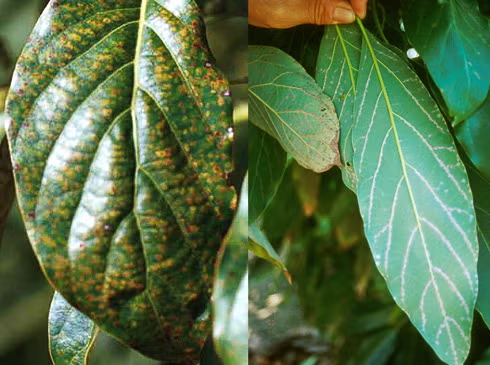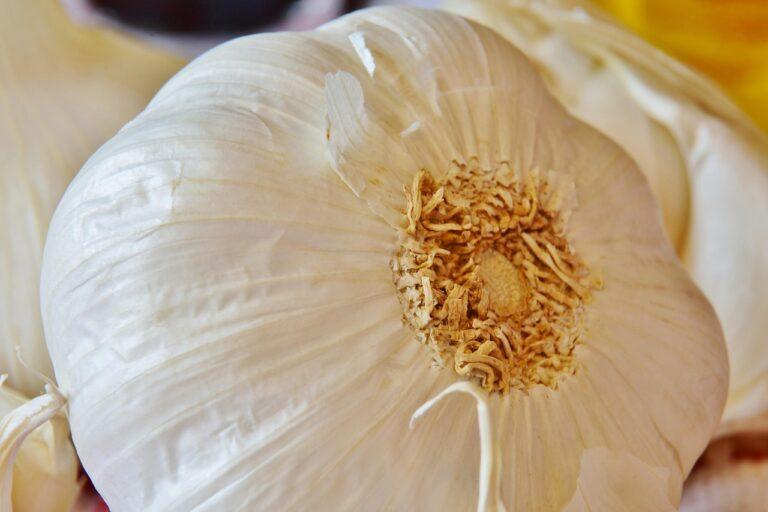
Exotic Dairry Cow breeds
In 2025, Friesian, Jersey, and Ayrshire remain the top exotic dairy breeds in Kenya due to their high milk yields, adaptability, and market suitability.
This article compares these breeds, addressing key farmer concerns such as milk production, feed costs, disease resistance, and regional suitability.
With actionable steps and cost breakdowns, you’ll be equipped to choose the best breed for your farm.
Breed Comparison
Friesian (Holstein-Friesian)

Having originated in the Netherlands and been introduced to Kenya in the 1970s, the Holstein-Friesian, popularly known as the Friesian, is the darling of many Kenyan farmers simply because of its high milk production.
Farmers can distinguish it with its black and white patched coat, though there are a few that may have red and white patterns, but they are not common.
It’s often a large cow, which can weigh 550-650 kg at maturity, while bulls weigh up to 900 kg.
The Friesian cow has short horns, which are often dehorned, a broad muzzle, and a deep, wide body, which is very good for high milk production.
It’s a docile cow with high nutritional demand, with a life span of 6-8 years and a productive lactation period of 4-6 years.
Under good feeding management, it can yield 30-50 liters/day, though most small farms in Kenya produce 10-25 liters of milk per day.
Its milk has a low butterfat content of 3.2-3.5%, less ideal for high-value-added products such as cheese or ghee.
Friesian cows thrive well in cooler highland regions such as Eldoret, Kitale, Nairobi, Nakuru, Kitale, Nyeri, and Nyandarua.

It is not suitable for hot, arid areas due to heat stress, which reduces milk yield.
The other disadvantage of the Friesian cow is that it’s a heavy feeder, consuming 90-120 kg of fresh feed per day.
It is also susceptible to mastitis, tick-borne diseases (e.g., East Coast Fever), and foot rot due to its large size and high milk output.
A good Friesian cow costs Ksh 150,000-180,000.
Read Also:Little-known, easy ways to identify low-quality animal feeds
Jersey

It is an exotic dairy breed that originates from Jersey Island in France.
If you are looking for a cow that has high feed efficiency, good adaptability, and high-quality milk, well, the Jersey cow is your best choice.
It has a light brown to grey-black coat with a fawn or reddish hue and a distinctive black nose with a white muzzle.
Jersey is a docile cow, easy to handle, with a lifespan of 8-12 years and 6-8 productive lactation years.
Under good feeding it can yield 2-25 liters per day, though most farmers produce 10-15 liters per day.
It has good milk quality with a butterfat content of 4-5%, ideal for value-added products like cheese and ghee.
Unlike Friesians, Jerseys are highly adaptable in semi-arid regions with the ability to tolerate high temperatures.
It’s also a low feeder, consuming 20-40 kg of fresh fodder per day. It also has good tolerance to mastitis.
A good Jersey cow costs Ksh 60,000-80,000 per heifer, cheaper than Friesians or Ayrshires.
Read Also: How to make affordable Napier silage easily
Ayrshire

The Ayrshire is an exotic dairy breed in Kenya known for its balance of milk production, disease resistance, and adaptability.
It is a medium-sized cow with distinctive reddish-brown and white patches with a mottled or speckled pattern.
Ayrshire has medium-length horns (usually dehorned), strong legs, and a well-proportioned body built for durability and milk production.
It’s a hardy and adaptable cow with a calm disposition.
Under good yield, it can yield 20-30 liters of milk per day with a butterfat content of 3.9-4.7%.
Ayrshire performs well in highlands and warm regions as it is less prone to heat stress than Friesians but less tolerant of extreme aridity than Jerseys.
Key Factors for Breed Selection
Choosing the right breed depends on
- Climate: Friesians thrive in cooler highlands (e.g., Nairobi, Rift Valley); Jerseys and Ayrshires adapt to warmer regions like Western Kenya.
- Feed Resources: Friesians need abundant feed; Jerseys are efficient for resource-constrained farms.
- Market Demand: High butterfat (Jersey, Ayrshire) suits value-added products; high volume (Friesian) meets bulk milk markets.
- Budget: Jerseys and Ayrshires are cheaper to acquire and maintain.
- Farm Size: Jerseys suit small plots; Friesians need larger spaces.
- Management Capacity: Friesians require intensive care; Jerseys and Ayrshires are easier to manage.
Conclusion
For high milk volume in Kenya’s highlands, Friesians are ideal but require intensive management. Jerseys suit small-scale farmers with limited resources, offering high butterfat and low costs.
Ayrshires provide a balanced option with good adaptability and milk quality. By aligning your choice with your farm’s resources





